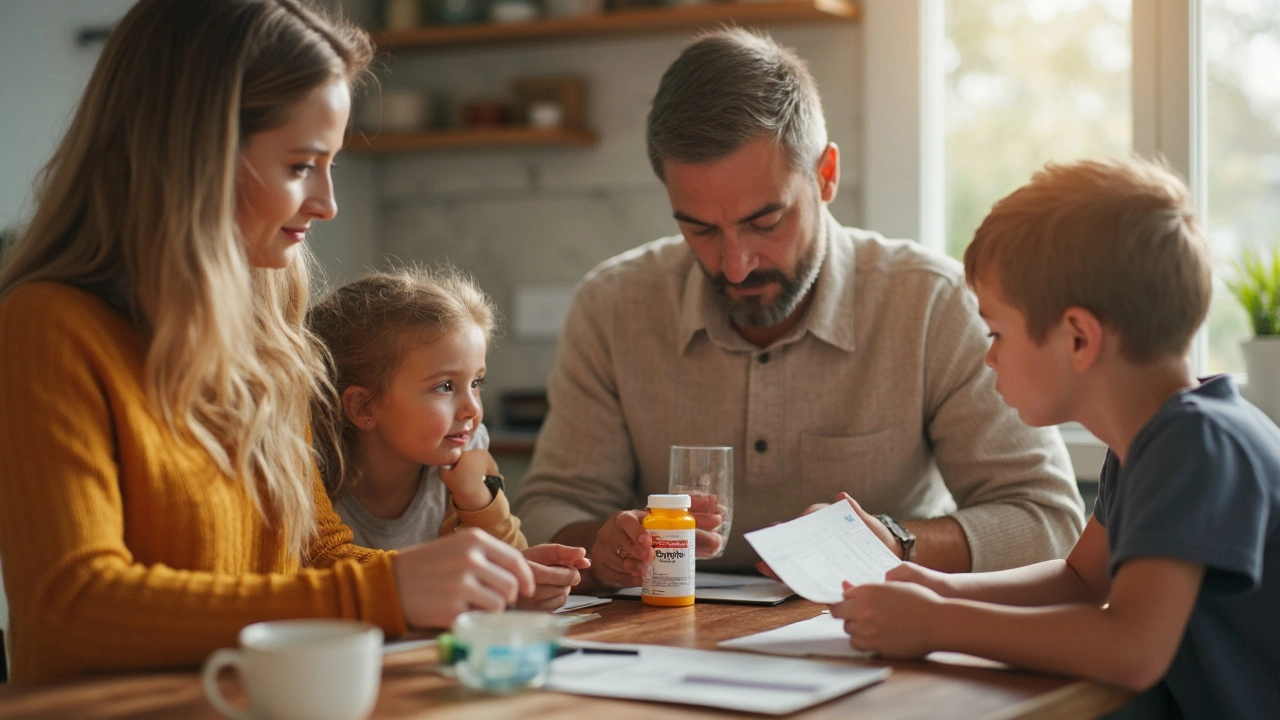Safe Medication: Practical Tips for Buying and Using Medicines Wisely
When you need a prescription or an over‑the‑counter product, the biggest question is usually "Is this safe?" Whether you’re ordering from a website or picking up a bottle at the local pharmacy, a few simple checks can keep you from costly mistakes and health risks.
Spotting Legit Online Pharmacies
Not all online drugstores are created equal. First, look for a professional license or certification – in the U.S. that means a verified VIPPS seal or a clear pharmacy address and phone number. If the site asks for payment before you upload a prescription, walk away. Legit pharmacies will ask to see a valid prescription and usually provide a pharmacist’s contact info for questions.
Next, compare prices. If a medication is dramatically cheaper than any other source, it might be counterfeit. Use price‑comparison tools or check the drug’s average cost on reputable sites. Also, read customer reviews, but focus on details about shipping speed, packaging, and whether the pills looked authentic.
Finally, test the checkout process. Secure sites use "https" in the URL and show a lock icon. Avoid sites that redirect you to untrusted payment gateways or ask for unconventional payment methods like wire transfers or cryptocurrency.
Safe Use and Storage at Home
Getting the right drug is only half the battle. Keep all medicines in their original containers with labels intact. This helps you track dosage, expiration dates, and any special storage instructions. Store pills in a cool, dry place – not the bathroom cabinet where humidity can break down the drug.
If you have kids or pets, lock up the medicines. Even a single accidental dose can be dangerous. Use child‑proof caps and consider a high shelf or a locked drawer. When traveling, pack meds in your carry‑on bag, not checked luggage, to avoid temperature extremes and loss.
Take meds exactly as prescribed. Skip the “I’ll take it later” habit – missing doses can make the treatment less effective, while doubling up to catch up can cause side effects. If you’re unsure about an interaction, a quick call to your pharmacist can clear things up.
Finally, dispose of old or unused medication properly. Many pharmacies offer take‑back programs, or you can follow the FDA’s guidelines: mix pills with an unpalatable substance, seal in a bag, and throw in the trash. Never flush drugs unless the label specifically says it’s safe.
By checking the legitimacy of online pharmacies, keeping meds stored safely, and following dosing instructions, you protect yourself and your family from hidden dangers. The next time you reach for a prescription, remember these quick checks – they’re simple, free, and can save you from serious trouble.

